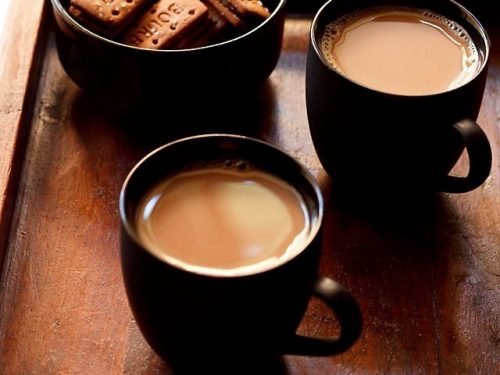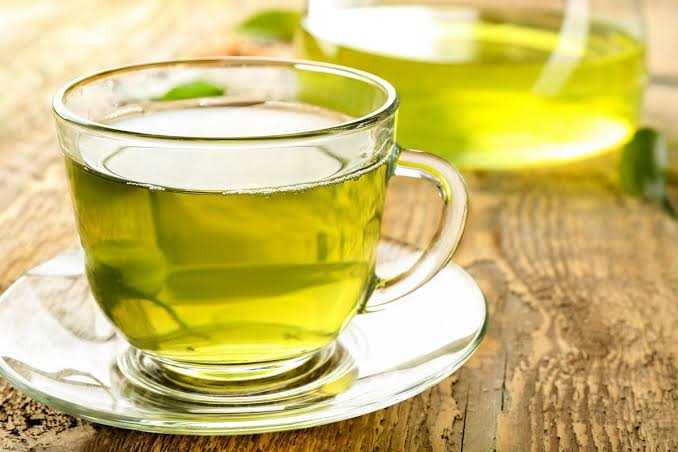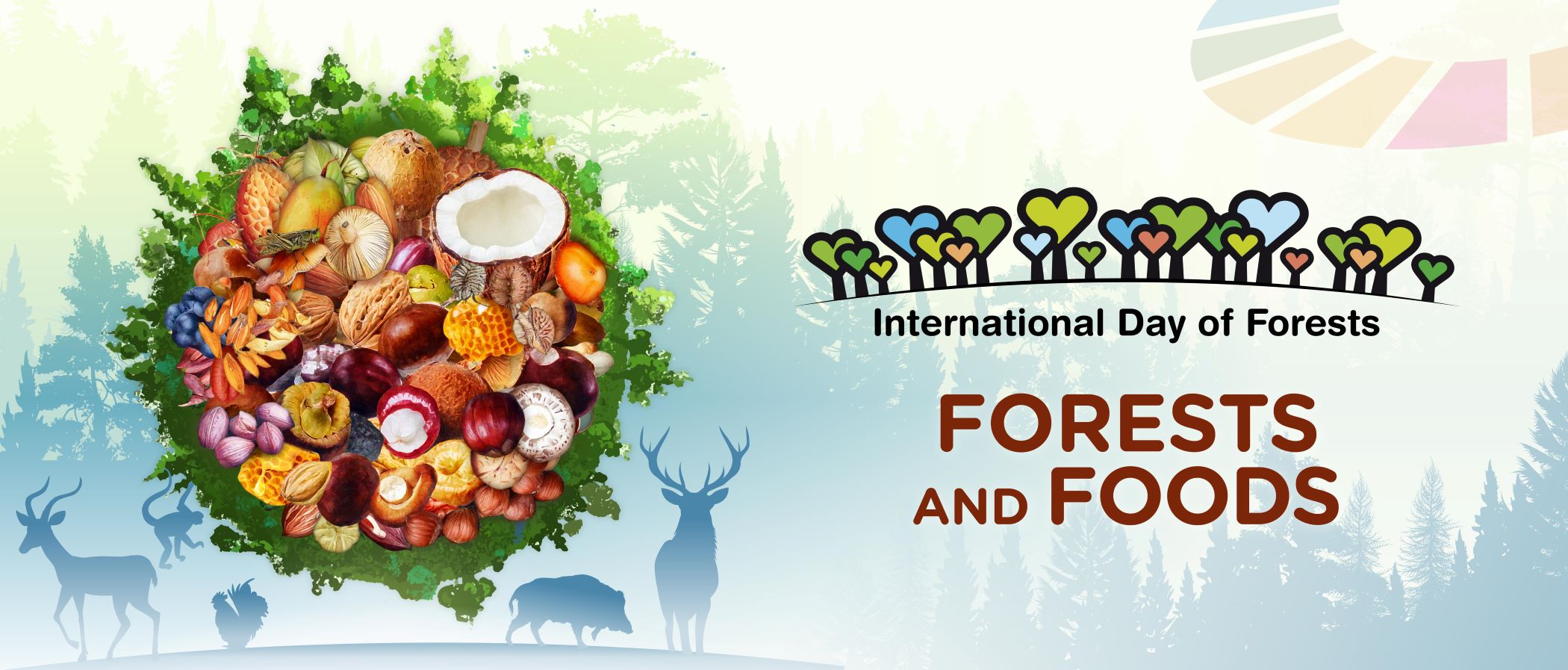As William Ewart Gladstone said, tea will warm you if you are cold and cool you if you are too heated. Can tea do all that? That could be Sir William Gladstone’s opinion, but let us see some facts. They just might be true, and maybe more.
- Hot tea drink market segment consists of black, green and mate (also known as Chimarrao or Cimarron, a traditional South American drink) sold in tea bags or loose- leaf.
- One cup of tea contains two grams of tea. A kilo, therefore, produces 500 cups of tea.
- Most revenue from tea comes from China, where they are projected to contribute $ 92,397 million out of $232,381 million global revenue in 2021.
- Top 5 high tea consuming countries are:
- China $ 92.397 million
- Brazil $ 18.220 million
- India $ 17.590 million
- Japan $ 13.018 million
- United States $ 12.785 million
- Tea comes in three forms – bulk, brand and premium. Bulk tea is harvested mechanically, and the cost is nominal, brand tea is given this name because of the huge marketing activities spent by producers that relies much on the tea leaves mix, and the cost is average; while high-quality teas are categorized under premium tea. This tea segment is often sold in loose leaves, cultivated in high altitude locations for quality and taste, and carefully handpicked during harvest, which explains their premium price.
- Tea was originally used as a medicine in Ancient China. Fresh leaves are chewed for their refreshing and restorative effects, even before they learned to brew and drink it.
- From 772 BC to 221 BC, tea was part of a Chinese meal. It is served as a soup, cooked with other ingredients (ginger, scallion, tangerine peel, and cornel) pounded together with mortar and pestle and mixed with rice. Present-day Lei Cha, a traditional soup found in Southern China, is an evidence of this primitive tea history.
- All tea (black, oolong, and green, white) are produced from the leaves of the tea plant Camellia Sinensis, originally native to China and Southeast Asia. Without pruning, this plant can grow as high as 30 feet, but it is pruned at 2 to 5 feet for cultivation.
- Tea variants that improve with age are classified as high-end tea or premium tea.
- Theanine is an amino acid found in green tea and is credited for improving mental function and inducing quality sleep. It might help people to focus on tasks performed for a long period. And help people with lower thinking skills to perform tasks related to finding words in specific categories.
- Eighty percent of all Polyphenols present in green tea comes from Catechins. Polyphenols prevent blood clot, reduce blood sugar levels, lower heart disease risk and act as an antioxidant.
- DID YOU KNOW? The British adding milk to their tea has nothing to do with style or elite taste. It was to prevent their china cups from breaking! Most people could not afford fine bone china tea, and their regular cups could not withstand the heat of boiled water, so they added milk first to the cup, and then they poured the tea.
The world consumes 10 billion tons of fresh water every day. And hot or cold, tea is still the world’s second drink of choice.
















